THE HISTORY OF PILAF and RECIPE FOR IT
PILAF
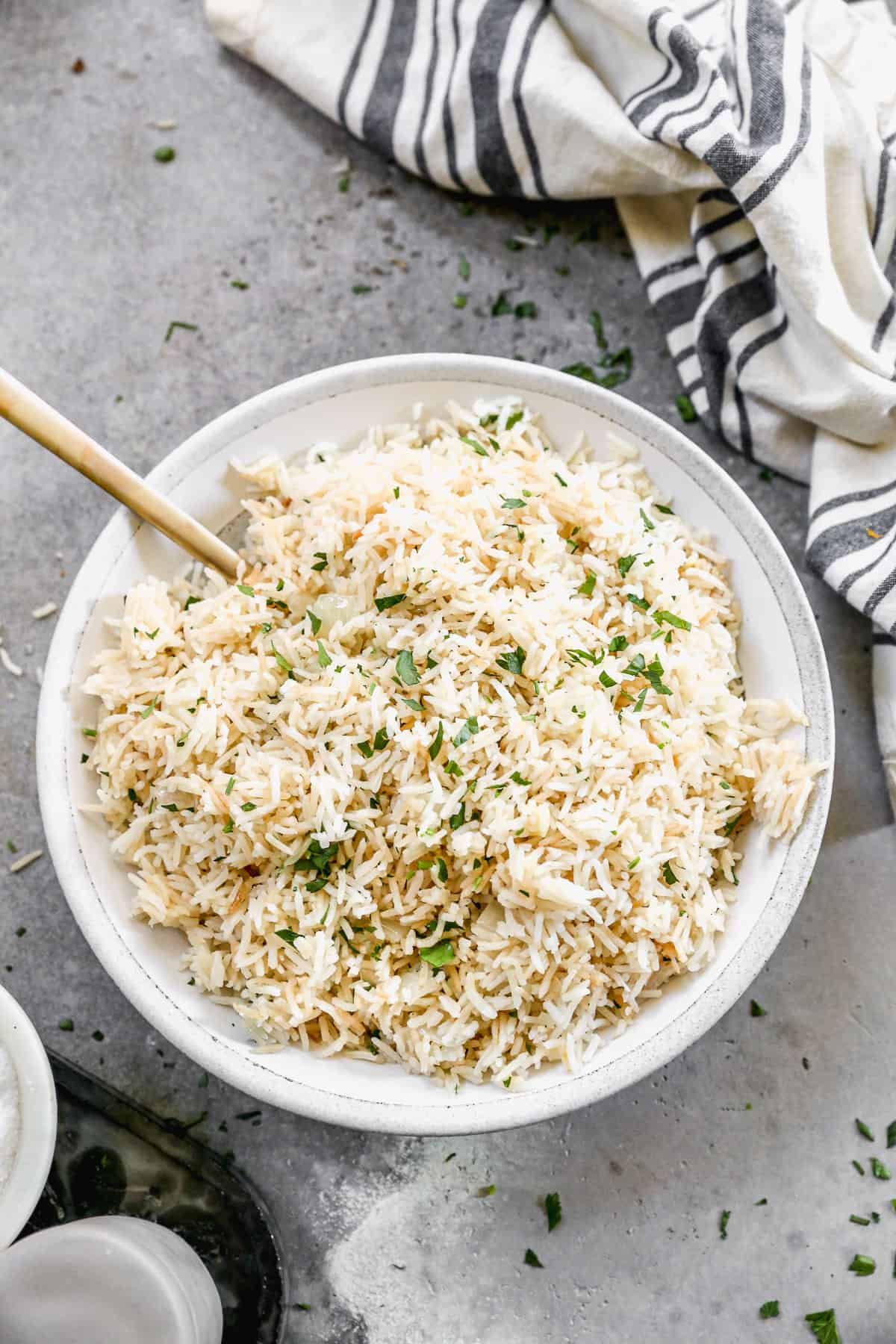
Pilaf, also known as pilav, pilau, or pulao, has a rich history that spans centuries and is deeply rooted in various cultures around the world. The dish has evolved over time and has been adapted to suit the culinary traditions of different regions. Here's a general overview of the history of pilaf:
- Ancient Roots:
- The origins of pilaf can be traced back to ancient Persia (modern-day Iran) around the 5th century. It is believed that the Persian Empire played a significant role in spreading the culinary technique of cooking rice with various ingredients.
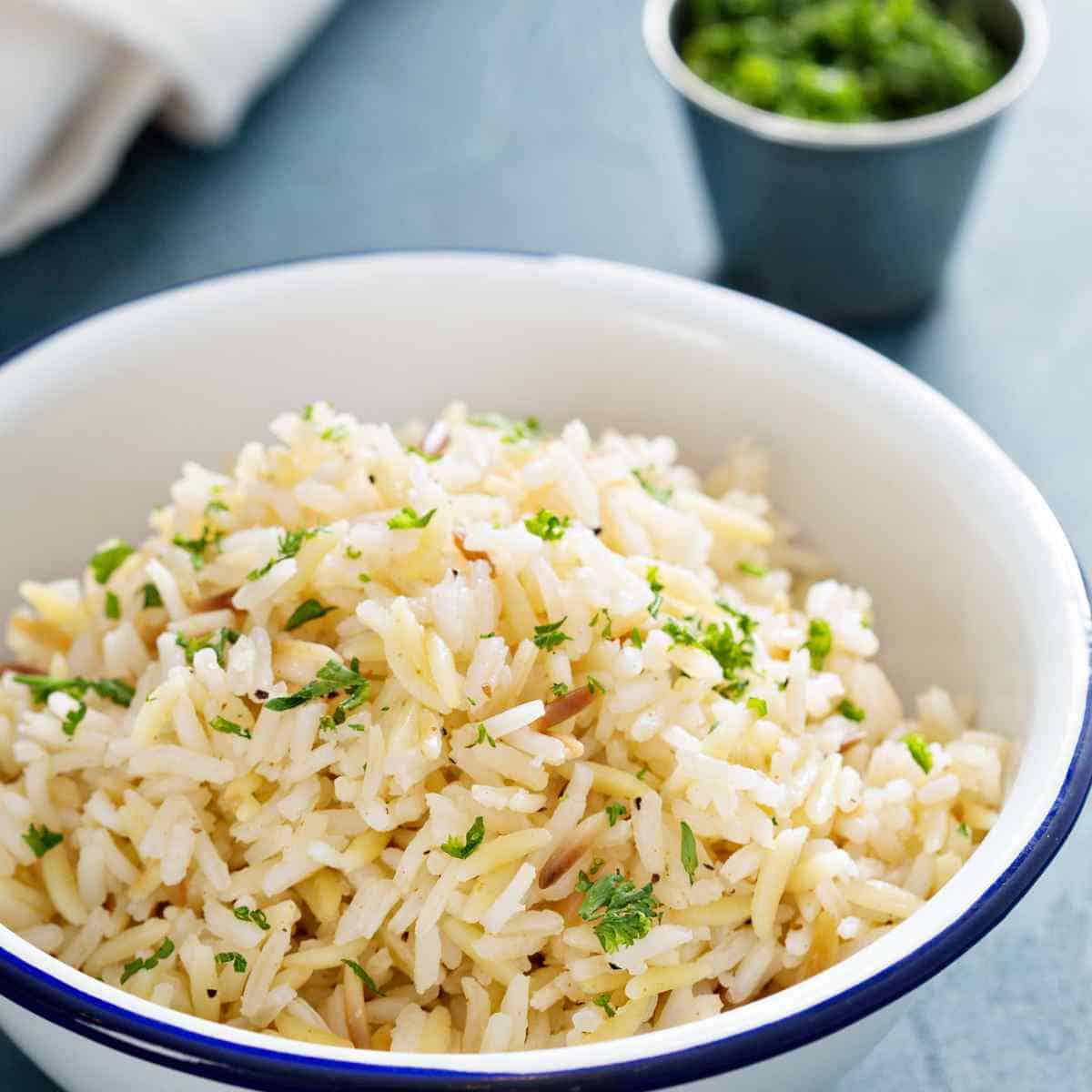
- Spread through the Silk Road:
- As trade routes, such as the Silk Road, facilitated the exchange of goods and cultural practices between the East and West, pilaf spread to Central Asia, the Middle East, and beyond. Different regions adapted the dish using local ingredients and culinary techniques.
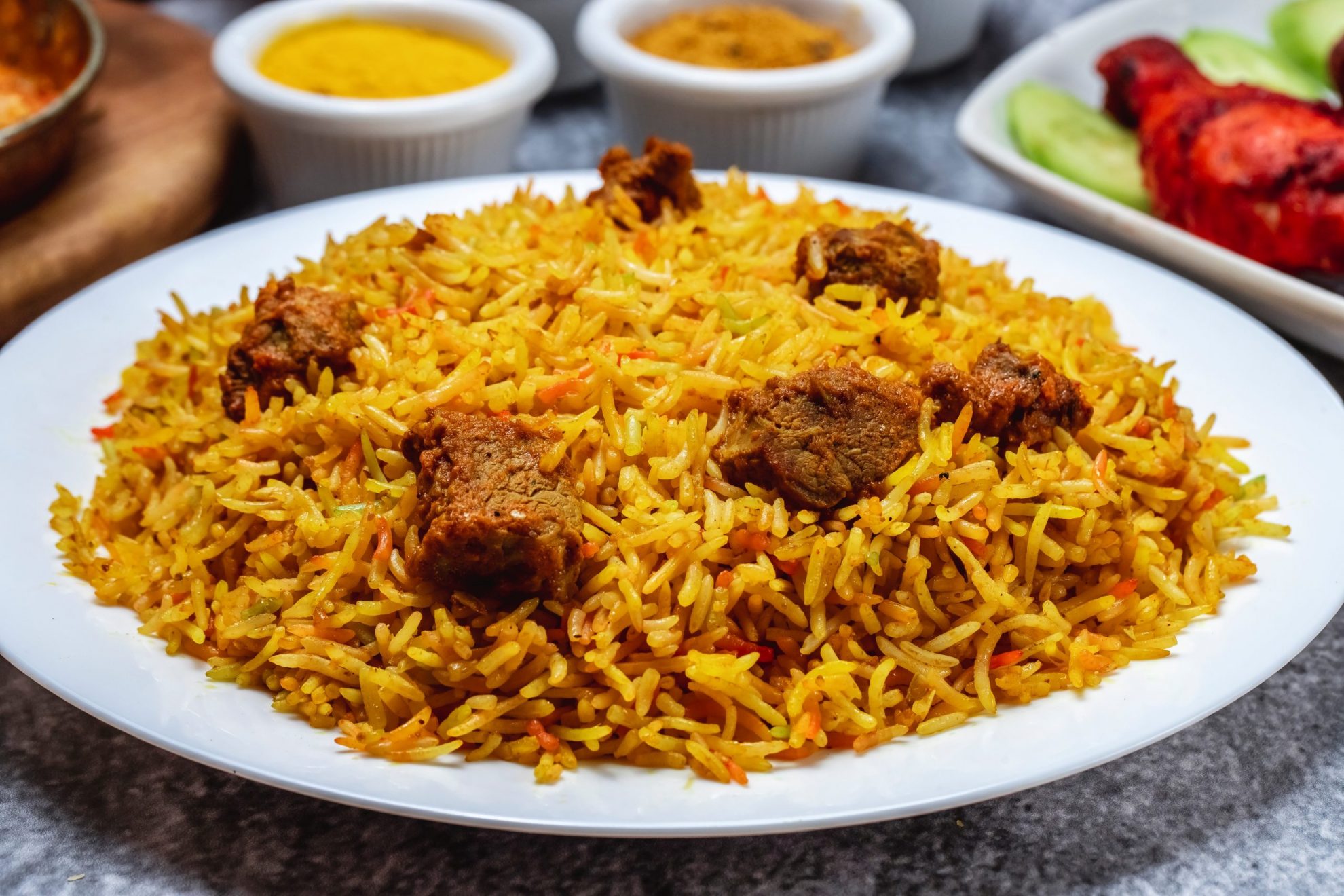
- Middle Eastern Influence:
- Pilaf became a staple in Middle Eastern cuisine, where it was further refined and diversified. It was often prepared with fragrant spices, nuts, and dried fruits, reflecting the rich flavors of the region.

- Arrival in India:
- Pilaf made its way to the Indian subcontinent, where it became known as pulao or pilau. In India, the dish was adapted to include a wide variety of spices, including cumin, coriander, cardamom, and saffron, creating a unique and aromatic flavor profile.

- Spread to Europe:
- With the expansion of empires and trade routes, pilaf eventually made its way to Europe. In medieval times, it became popular in Spain and parts of the Mediterranean. The Moors, who occupied Spain for several centuries, influenced the cuisine, introducing dishes like pilaf to the Iberian Peninsula.

- Ottoman Influence:
- The Ottoman Empire played a significant role in shaping the culinary landscape of the Middle East and the Balkans. Pilaf was a common dish in Ottoman cuisine, where it was often served alongside grilled meats and stews.

- Global Adaptations:
- As European powers explored and established trade routes around the world, they encountered pilaf in various forms. The dish adapted to local ingredients and preferences in places as diverse as Africa, Southeast Asia, and the Americas.
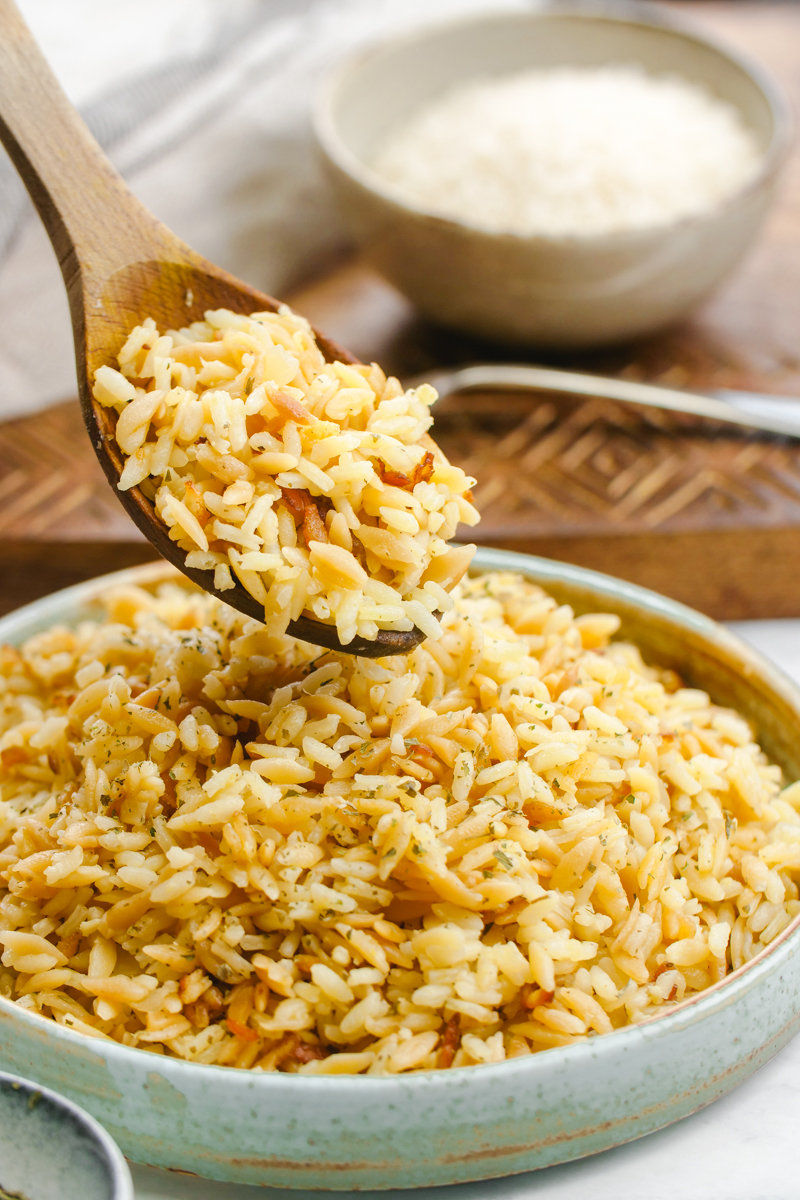
- Modern Variations:
- Today, pilaf is enjoyed worldwide in countless variations. It can be made with different grains such as rice, bulgur, or quinoa, and it may include a wide range of ingredients like meats, vegetables, and spices.
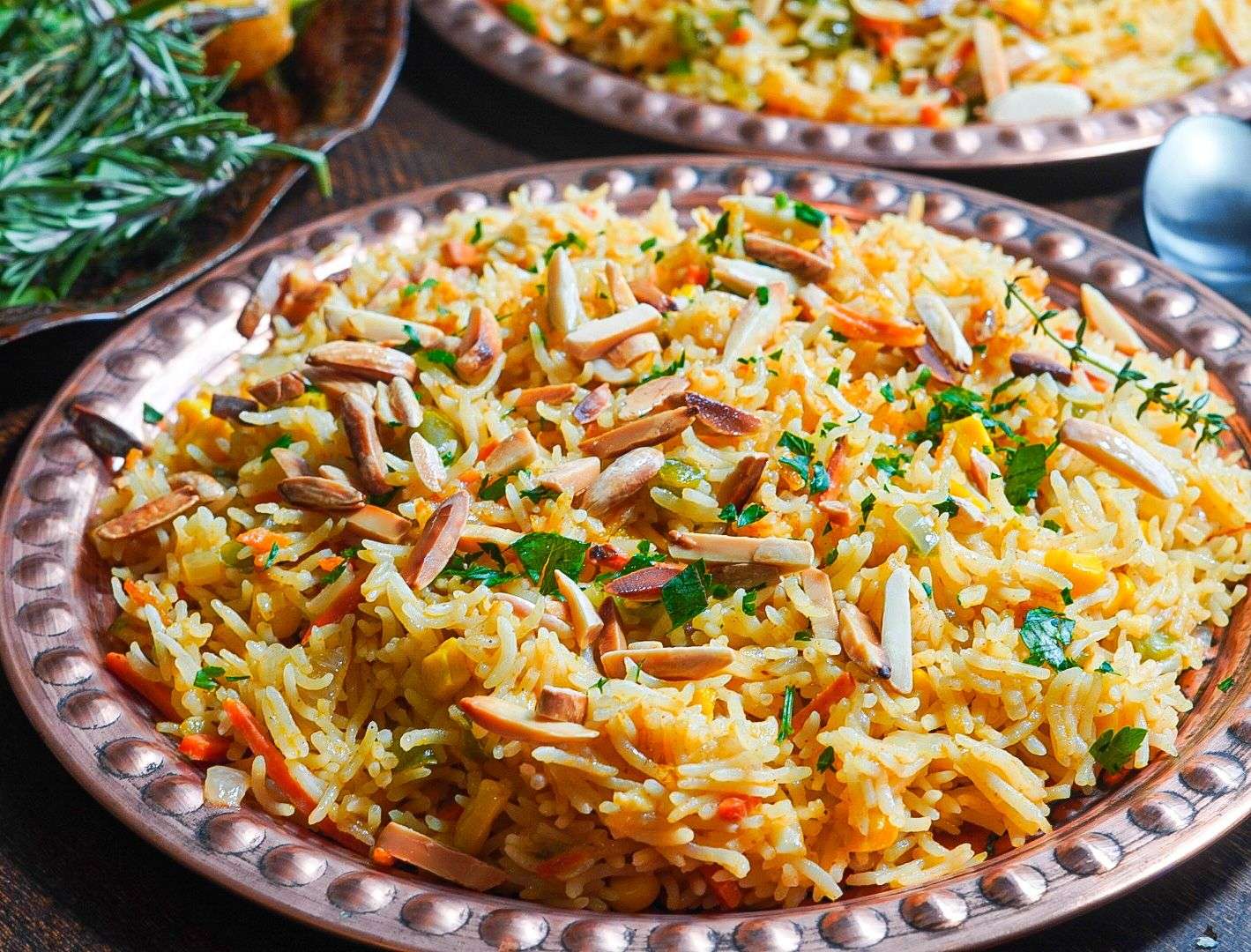
Pilaf's enduring popularity can be attributed to its versatility, adaptability, and the rich tapestry of flavors it offers, reflecting the diverse cultural influences that have shaped its history.
Pilaf, also known as pilav or pilaf, is a delicious and versatile dish made with rice and often flavored with various spices, vegetables, and meats. Here's a basic recipe for a simple and flavorful pilaf:
Ingredients:
- 1 cup long-grain rice (such as Basmati)
- 2 tablespoons butter or vegetable oil
- 1 small onion, finely chopped
- 2 cloves garlic, minced
- 1 teaspoon ground cumin
- 1 teaspoon ground coriander
- 1/2 teaspoon turmeric
- 2 cups chicken or vegetable broth
- Salt and pepper to taste
- Optional: 1/2 cup toasted nuts (such as slivered almonds or pine nuts)
- Optional: Chopped fresh herbs for garnish (parsley, cilantro, or dill work well)
Instructions:
- Rinse the Rice: Rinse the rice under cold water until the water runs clear. This helps remove excess starch and prevents the rice from being too sticky.
- Saute the Aromatics: In a large, heavy-bottomed pan or pot, melt the butter or heat the oil over medium heat. Add the chopped onion and cook until softened and translucent, about 3-5 minutes. Add the minced garlic and cook for an additional 1-2 minutes until fragrant.
- Add Spices: Stir in the ground cumin, ground coriander, and turmeric, cooking for another minute to toast the spices and enhance their flavors.
- Toast the Rice: Add the rinsed rice to the pot and cook, stirring frequently, for 2-3 minutes until the rice is lightly toasted.
- Add Broth: Pour in the chicken or vegetable broth and season with salt and pepper to taste. Bring the mixture to a boil.
- Simmer: Once boiling, reduce the heat to low, cover the pot with a tight-fitting lid, and simmer for 15-20 minutes, or until the rice is cooked and has absorbed the liquid.
- Fluff the Rice: Once the rice is cooked, remove the pot from heat and let it sit, covered, for an additional 5 minutes. Then, fluff the rice with a fork to separate the grains.
- Optional Additions: If desired, stir in toasted nuts and garnish with chopped fresh herbs before serving.
Serve the pilaf as a flavorful side dish or as a base for grilled or roasted meats. Enjoy!



































